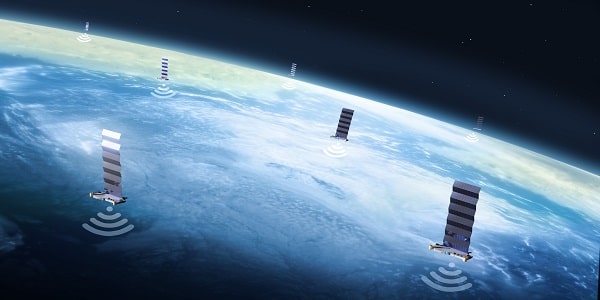The Future of Internet Access: Starlink Satellites in the Sky

Introduction
With technology’s rapid growth, the Internet has become an essential part of our lives, connecting individuals, businesses, and communities globally. However, only some people around the world enjoy seamless internet access. This digital divide has spurred innovation, leading to groundbreaking solutions like Starlink satellites—a revolutionary initiative by SpaceX aimed at transforming internet accessibility. This article delves into the significance of Starlink satellites and their potential to shape the future of internet access.
The Digital Divide and its Implications
The digital divide indicates the gap between those without access to modern information and communication technologies, especially the Internet. This divide can arise due to various factors, including geographic location, economic disparity, and infrastructure limitations. The result of the digital divide is far-reaching, impacting education, healthcare, economic opportunities, and overall quality of life. Bridging this divide has become a priority, and Starlink satellites offer a promising solution.
Introducing Starlink: A Game-Changer
Starlink, launched by SpaceX, is a constellation of low Earth orbit (LEO) satellites designed to provide global internet coverage. Unlike traditional internet infrastructure that relies on fixed cables and terrestrial towers, Starlink satellites orbit the Earth at altitudes between 340 km and 1,200 km, creating a network of satellites that can provide high-speed, low-latency Internet to even the most remote and underserved areas. The satellites communicate with user terminals on the ground, enabling widespread connectivity.
Advantages of Starlink
- Global Accessibility: Starlink can virtually provide internet access to every corner of the globe.
- Rural and remote areas that were previously considered unreachable by traditional internet providers can now enjoy the benefits of online education, telemedicine, e-commerce, and more.
- High-Speed Internet: Starlink aims to deliver internet speeds comparable to, if not exceeding, traditional broadband providers in urban areas. This high-speed connectivity can revolutionize industries that rely on data-intensive applications, such as video streaming, online gaming, and cloud computing.
- Low Latency: Data delay (sending/Receiving) can be a significant hurdle for real-time applications. Starlink’s low Earth orbit satellites significantly reduce Latency, making video conferencing and online collaboration smoother and more effective.
- Resilience and Redundancy: Traditional internet infrastructure is vulnerable to natural disasters and physical damage. Starlink’s satellite network is more resilient, as it can adapt to disruptions and provide a backup solution during outages.
- Innovation and Research: The global coverage offered by Starlink can fuel innovation in various fields, including research, environmental monitoring, and disaster management. Scientists and researchers in remote locations can access and share data seamlessly.
Challenges and Considerations
While the potential benefits of Starlink are promising, there are also challenges and considerations to address:
- Space Debris: Deploying many satellites raises concerns about space debris and potential collisions. SpaceX has taken measures to mitigate this issue, such as designing satellites with propulsion systems to deorbit at the end of their lifecycle safely.
- Regulatory Hurdles: Launching and operating a large satellite constellation requires navigating complex regulatory frameworks in different countries. Ensuring compliance with these regulations is vital for the long-term success of Starlink.
- Affordability: While Starlink has the potential to bridge the digital divide, affordability remains a crucial factor. The cost of user terminals and subscription fees may pose challenges for individuals in low-income areas.
- Environmental Impact: The environmental impact of launching and maintaining a massive satellite constellation is an area of concern. Balancing the benefits of connectivity with environmental sustainability is essential.
- Competition: Starlink is one of many players in the satellite internet arena. Competition from other companies and technologies could influence the overall landscape of global internet access.
Conclusion
Innovations like Starlink satellites are reshaping the future of internet access. This groundbreaking initiative has the potential to bridge the digital divide, bringing high-speed, low-latency Internet to remote and underserved areas around the world. By leveraging the advantages of a satellite-based network, Starlink addresses challenges related to accessibility, speed, and resilience. While challenges remain, such as space debris and affordability, the positive impact of Starlink on education, healthcare, economic growth, and scientific research cannot be underestimated. As technology advances, initiatives like Starlink pave the way for a more connected and inclusive global society.




